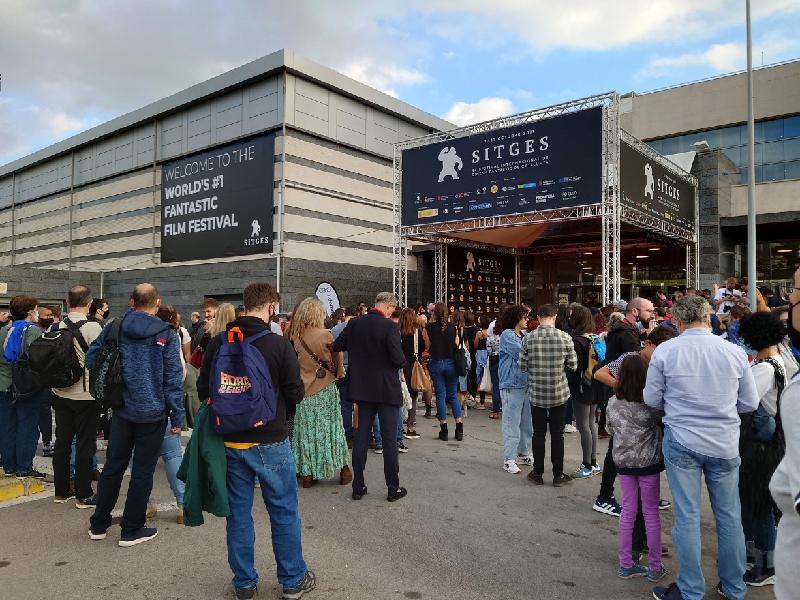Contractors of construction sites should be aware of work safety in times of inclement weather
The Labour Department (LD) is very concerned about an accident happened earlier in Happy Valley that involved the collapse of scaffold. The LD today urges contractors of construction sites to stay vigilant in times of inclement weather, and to make suitable work arrangements and take necessary safety precautions at once to protect workers’ safety at work.
A spokesman for the LD today (October 11) said that contractors of construction sites should make reference to the “Code of Practice in Times of Typhoons and Rainstorms” and the “Guide on Safety at Work in Times of Inclement Weather” issued by the LD, and avoid assigning workers to carry out outdoor construction work, in particular scaffolding work and crane operation, at places affected by inclement weather.
To ensure construction workers’ safety at work in times of inclement weather, when an advance notice of adverse weather warning is issued by the Hong Kong Observatory (HKO), contractors should, before commencement of work, conduct risk assessment on working under inclement weather conditions as early as possible for identifying and analysing related hazards, and develop a system of work that is safe and without risks to health for those employees who need to continue their work on site. The system of work should include formulating safety plans and emergency plans, providing personal protective equipment, and accommodating workers in safety shelters or structures, to protect them from the adverse effects of strong wind, lightning or rainstorm. Contractors should be aware of special weather tips and warnings issued by the HKO, and keep monitoring changes in weather conditions in order to make appropriate work arrangements. In addition, contractors should adopt appropriate contingency measures, which should include, but not limited to, the following:
(i) secure all scaffoldings, hoardings, etc., remove or tighten loose materials and dismantle all canvas on the scaffolds;
(ii) place the jibs of cranes in an appropriate and safe position according to the manufacturers’ operation manuals; and
(iii) connect cranes and other tall lifting appliances to earth for protection from lightning.
When an adverse weather warning is issued during working hours, contractors should make suitable arrangements following the established safety procedures. All outdoor work in exposed areas should be suspended immediately when workers are liable to be endangered by adverse weather conditions such as rainstorm, thunderstorm and typhoon. Workers should take temporary shelter in a safe place and resume duty only when weather conditions so permit. Pursuant to the relevant occupational safety and health legislation, contractors shall ensure that no crane is used under weather conditions likely to endanger its stability.
After cancellation of the adverse weather warning, contractors should immediately conduct safety inspection, assess the effects of adverse weather conditions on the workplace, prohibit entry into areas that are still dangerous, and adopt appropriate safety measures before arranging workers to resume work. Upon resumption of work, contractors should ask competent persons/competent examiners to carry out thorough examination to outdoor installations, such as scaffoldings, falsework, lifting appliances, suspended working platforms, electrical installation and other plant, to ensure that they are in safe working conditions before operating or using them again. Contractors should also pay attention to weather broadcasts and maintain high alertness, and adopt corresponding safety measures if the thunderstorm, rainstorm and typhoon revive shortly after the cancellation or lowering of the warning signals.
The LD spokesman pointed out that the general duty provisions of the Factories and Industrial Undertakings Ordinance require contractors to provide safe working environment, safe plant and safe systems of work for their employees. Those who contravene the above provisions are liable to a maximum fine of $500,000 and imprisonment for six months. read more



